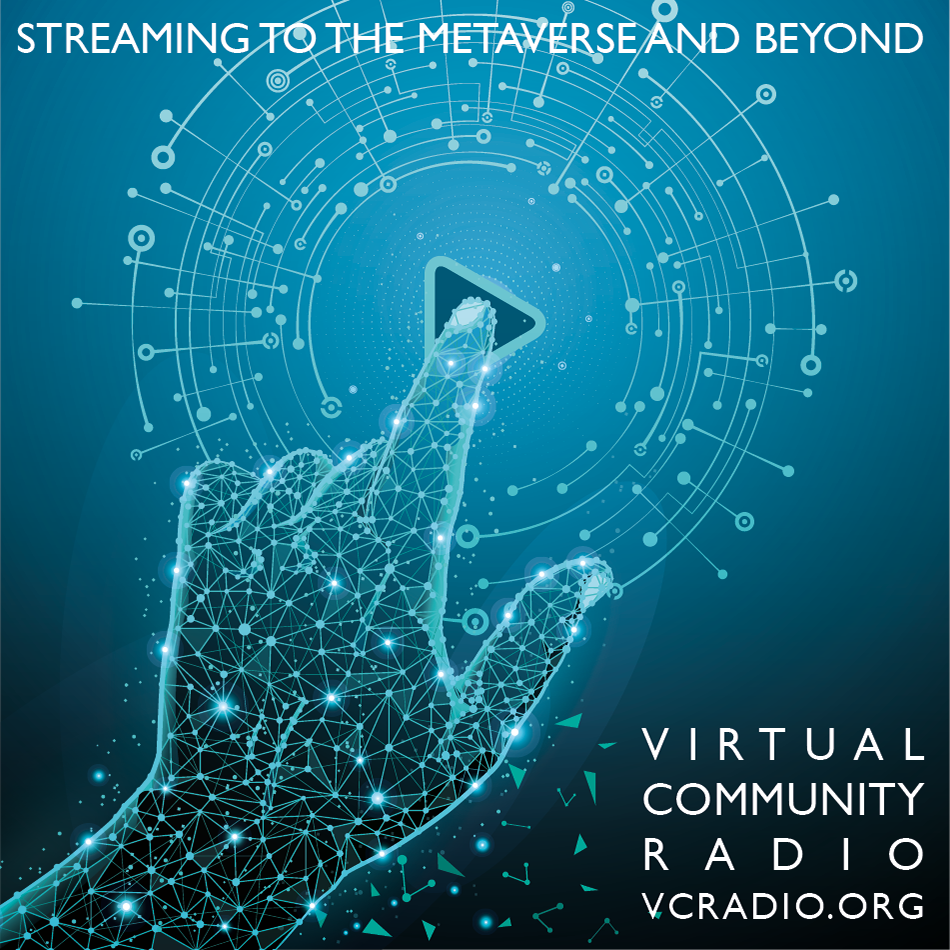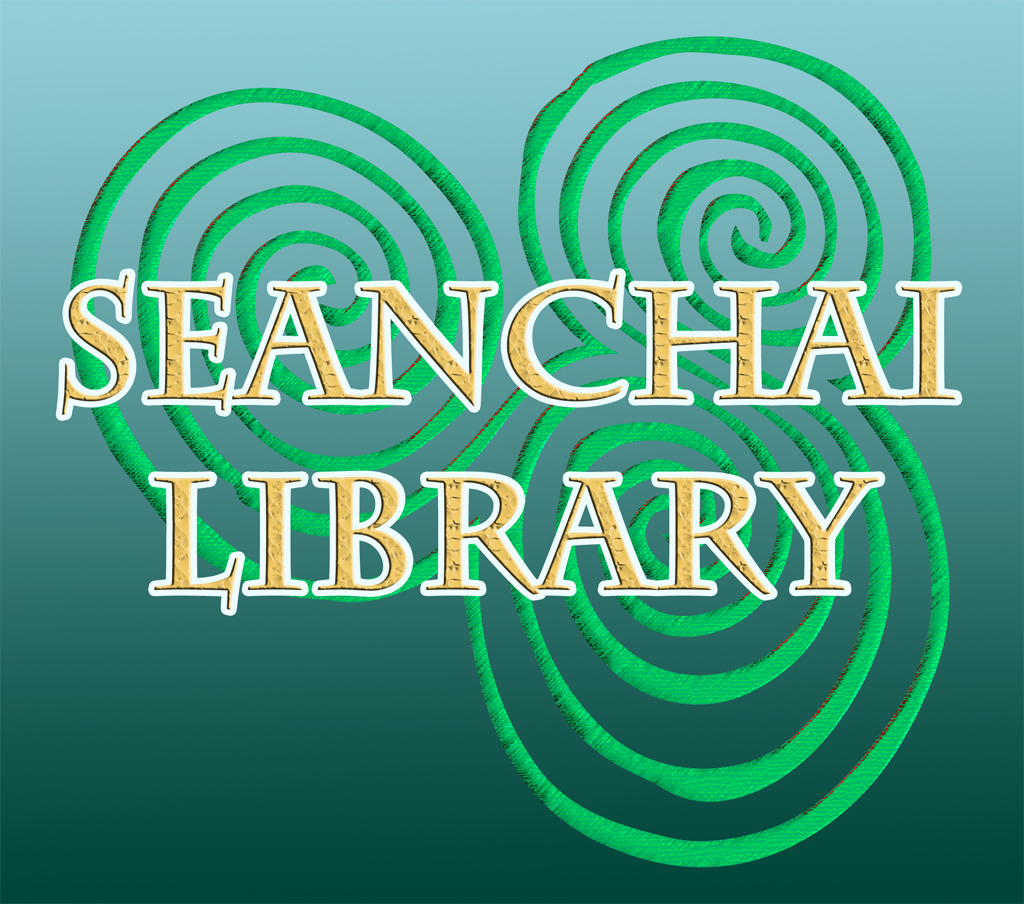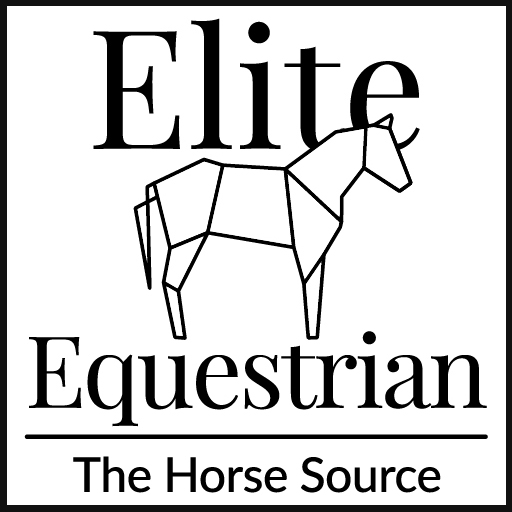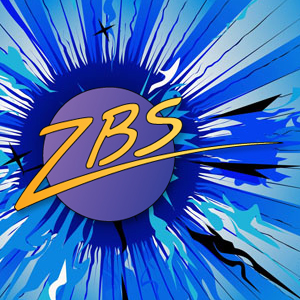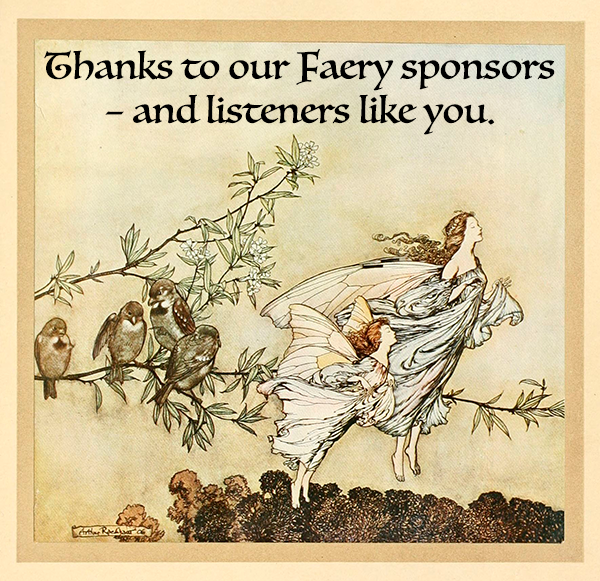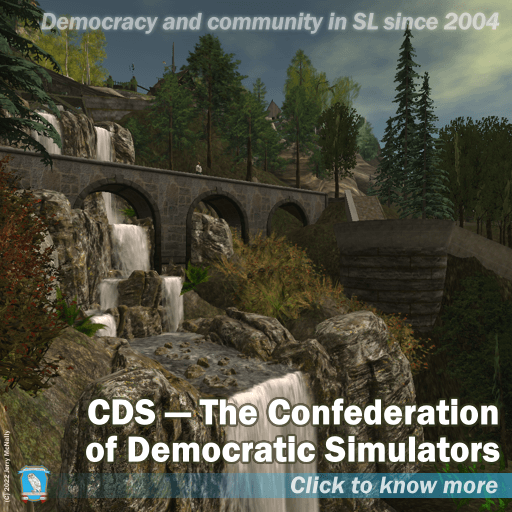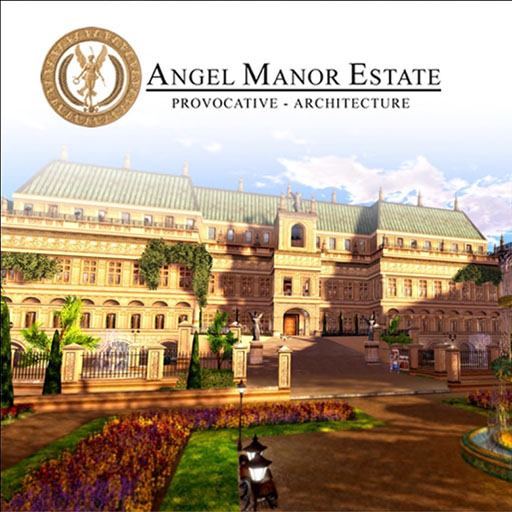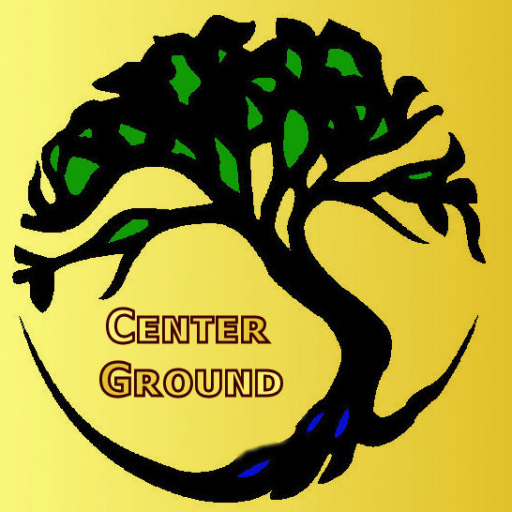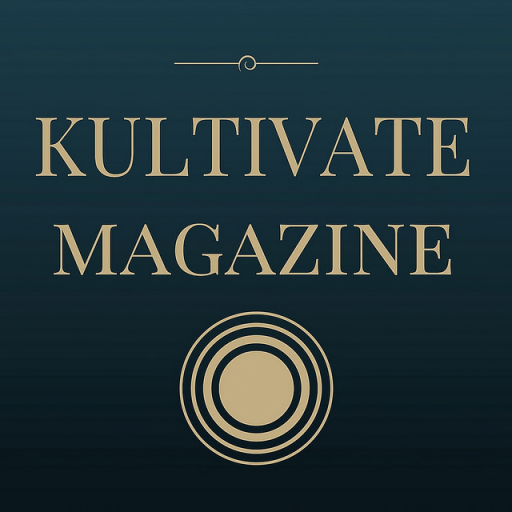English & Scottish Country Dance
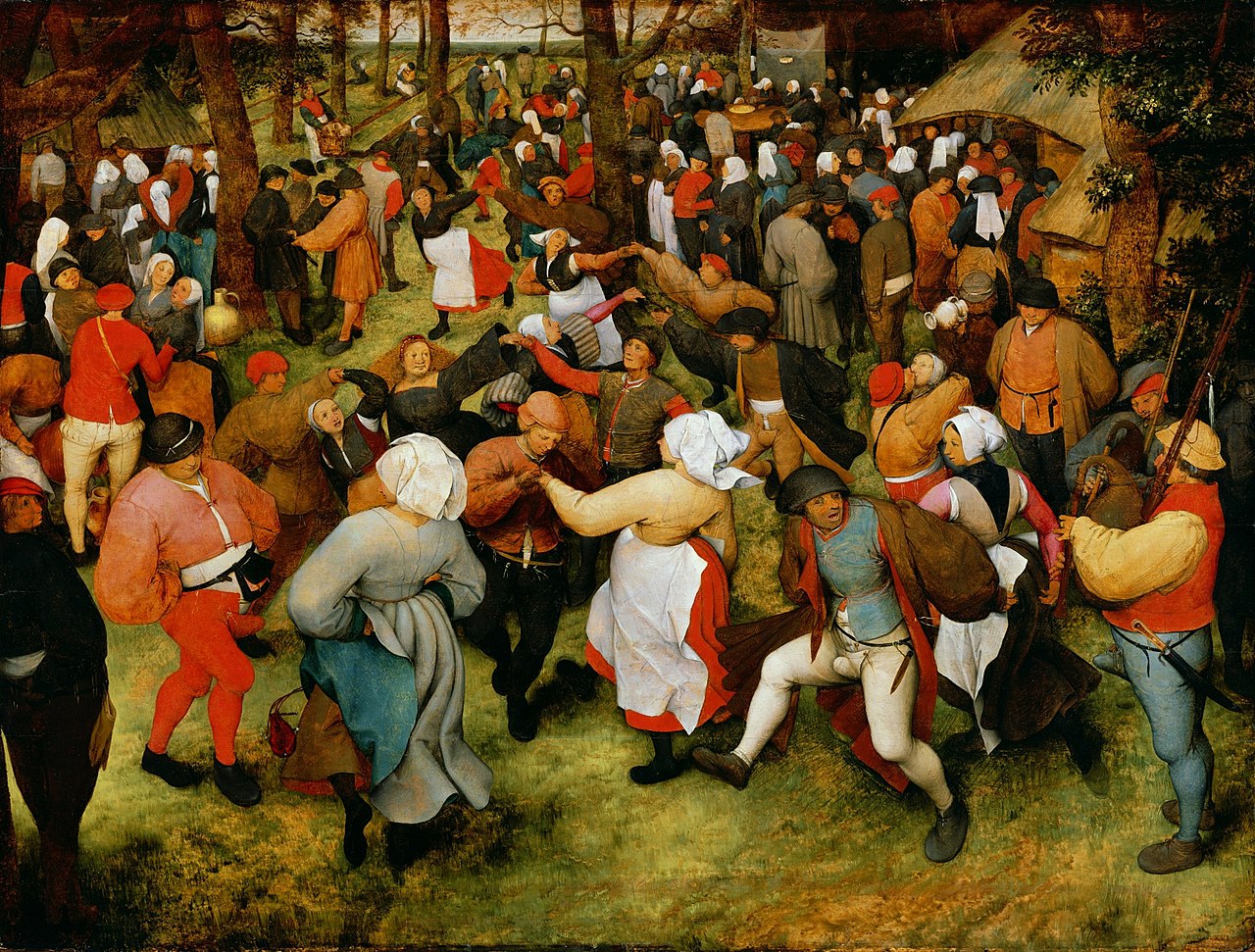
Our programme today, 25th February, focuses, rather broadly, on English Country Dance – and in particular on the work of John Playford (1623–1686/7) — and its cousin, Scottish Country Dance, along with a range of other traditional dance music such as Morris dancing.
In addition, tune in at noon or 4pm Pacific/SLT as “Where Have You Been?” re-visits the historic Second Life environment of Svarga. To learn more about Svarga, check out this article from last year. Plus “Engines of Our Ingenuity” every four hours from 4am SLT/Pacific.
The pieces you’ll hear today range from the performances of the specialised ECD musical groups like the Baltimore Consort and Bare Necessities, whose music is intended to be danced to by widespread groups of modern exponents of the art, to the folk dance and Morris Dancing groups with their exuberant take on the pieces and their inclusion of modern instrumentation. Then, too, there are Early Music groups who treat the works as authentically as they possibly can to recreate the sound that might have been heard when these dances were first performed. And there are many others.
Country dances began to influence courtly dance in the 15th century and became particularly popular at the court of Elizabeth I of England. Many references to country dancing and titles shared with known 17th-century dances appear from this time, though few of these can be shown to refer to English country dance. While some early features resemble the morris dance and other early styles, the influence of the courtly dances of Continental Europe, especially those of Renaissance Italy, may also be seen, and it is probable that English country dance was affected by these at an early date.[16] Little is known of these dances before the mid-17th century.
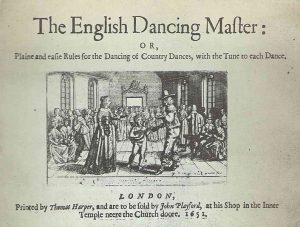 These dances have been influences on all kinds of musicians, over all kinds of periods. And at the core of this music is often to be found a certain John Playford, a London bookseller, publisher, minor composer, and member of the Stationers’ Company, who published books on music theory, instruction books for several instruments, and psalters with tunes for singing in churches. But he is perhaps best known today for his publication of The English Dancing Master in 1651. The work listed over a hundred tunes, each with its own figures. Subsequent editions introduced new songs and dances, while dropping others.
These dances have been influences on all kinds of musicians, over all kinds of periods. And at the core of this music is often to be found a certain John Playford, a London bookseller, publisher, minor composer, and member of the Stationers’ Company, who published books on music theory, instruction books for several instruments, and psalters with tunes for singing in churches. But he is perhaps best known today for his publication of The English Dancing Master in 1651. The work listed over a hundred tunes, each with its own figures. Subsequent editions introduced new songs and dances, while dropping others.
This was enormously popular, reprinted constantly for 80 years and much enlarged. In musical terms it was the Number One hit of the time. Playford and his successors had a practical monopoly on the publication of dance manuals until 1711, and ceased publishing around 1728. Dances from The Dancing Master were re-published in arrangements by Cecil Sharp in the early 20th century. The dances turn up in various forms right through the Victorian era (represented today, for example, by pieces from the Brassworks Band) and up to the present day.


